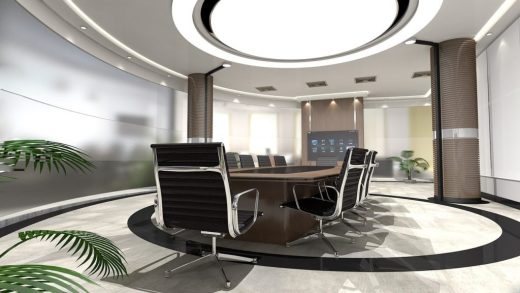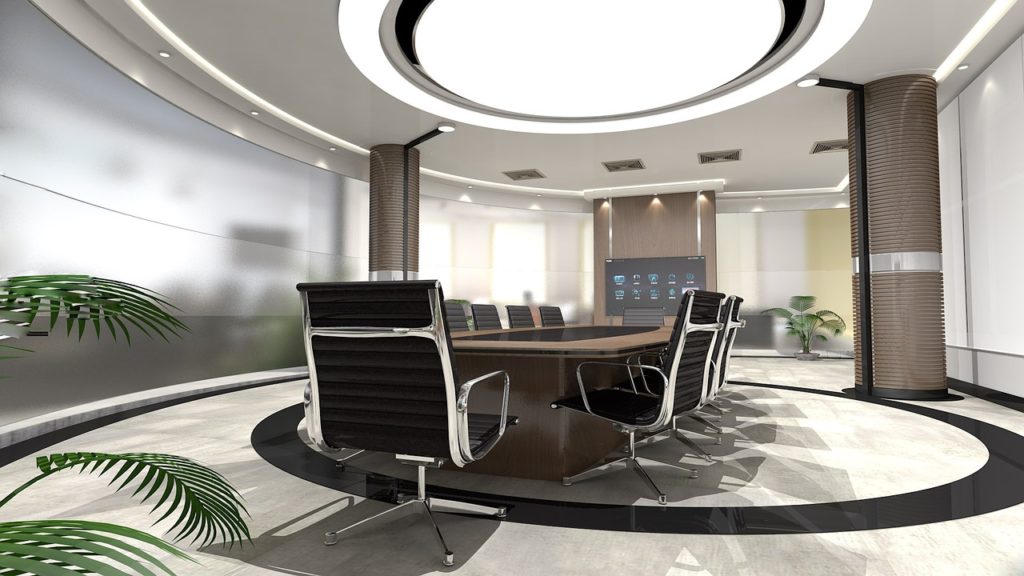This smart office may make you want to work late
This smart office may make you want to work late

Imagine having a personal monitoring system at work that makes sure the temperature is always perfect for you, and turns lights on or off whenever you enter or leave a room.
This is what the employees at Carlo Ratti Associati , an international design and innovation firm, get to experience every day.
See Also: HP Re-invents the New Office
Carlo Ratti Associati has produced ‘Office 3.0,’ a newly developed smart system for the workplace that takes the Internet of Things to a whole new playing field.
Specially designed for the firm’s Agnelli Foundation headquarters in Torino, Italy, this amazing technology offers personalized heating, lighting and cooling that follows occupants around their office. The firm’s goal is to reduce energy use by up to 40 percent, with the aid of this new technology system.
How this new office works
A network of sensors called the Building Management System monitor each individual’s movements along with different sets of data including temperature, CO2 concentration, occupancy levels and the status of meeting rooms. Using the information collected, the system then responds accordingly and sends instructions throughout the building.
It will turn off lights in a room that is not being used, or heat meeting spaces right before people need to use them. When an individual leaves a certain area, the room automatically enters a standby mode, similar to what a computer does when it isn’t being used.
The Building Management System works via an app that all employees are asked to download. Each individual enters their temperature preferences along with other data, which is how the “weather sphere” surrounds them during their work day, knowing what degree to set their offices at.
Carlo Ratti, Director of the Senseable City Lab at the Massachusetts Institute of Technology and the founder of Carlo Ratti Associati states, “Today, a lot of energy is wasted heating or cooling empty buildings. By synchronizing energy usage and human occupancy within buildings we can create a more sustainable and responsive architecture.”
Office 3.0 offers an amazing example of what future work places can offer. This technology could be used for other places such as stores or apartments too. With the amount of energy it can potentially save, this cost effective program may become the norm in a few more years.
The post This smart office may make you want to work late appeared first on ReadWrite.
(21)



